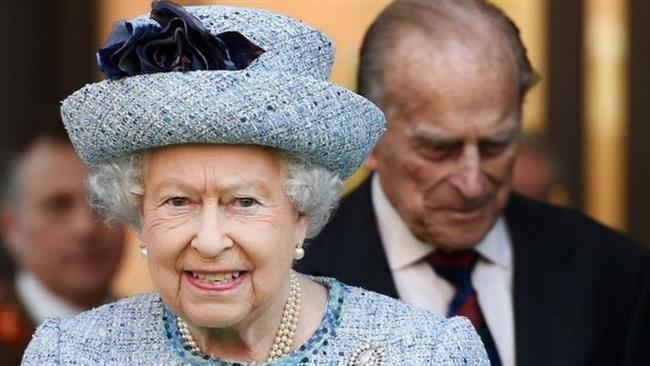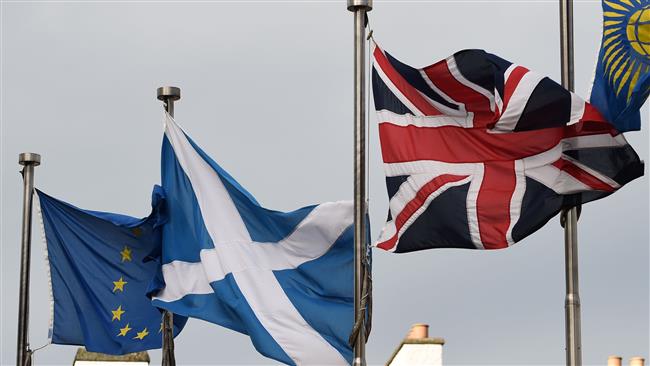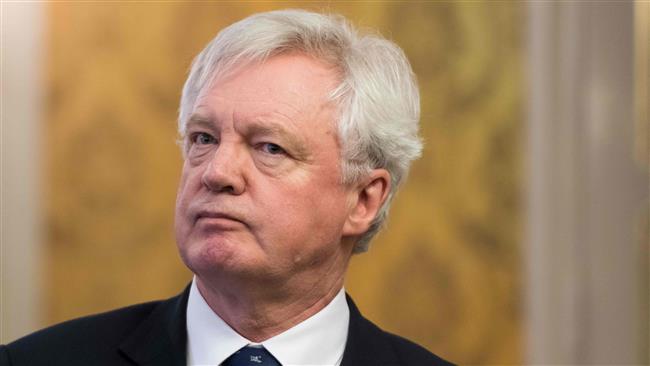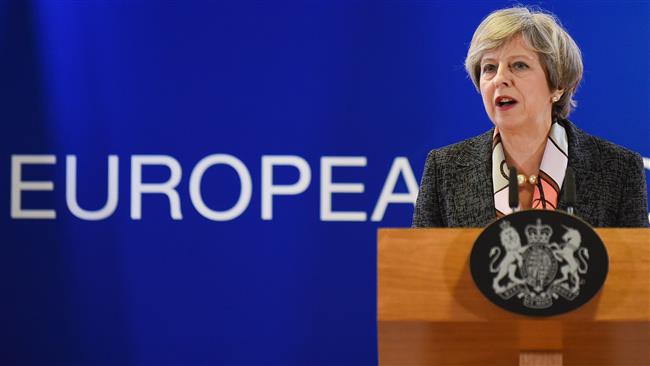Queen Elizabeth authorizes Britain's exit from EU
The British Queen has authorized Prime Minister Theresa May to begin the process of leaving the European Union by signing the Brexit bill.
The Speaker of the House of Commons in Parliament, John Bercow, announced Thursday that the EU (Notification of Withdrawal) Bill has received Royal Assent from Queen Elizabeth II.
The bill, which was passed by Parliament on Monday, allows the prime minister to notify Brussels that the UK is leaving the EU, with a two-year process of exit negotiations to follow.
May is expected to trigger Article 50 in the last week of March. The EU will then issue a formal response to May's formal Article 50 notification and would require about two months to draw up the full divorce guidelines.
The remaining 27 EU members will then need to formally issue a list of negotiating topics and red lines. The earliest they are expected to decide this is at an EU summit in early May.
EU leaders have warned they expected the exit talks to be complex. Last week, European Commission President Jean-Claude Juncker said he hoped that Britain’s referendum to leave the EU could one day be reversed.
Read More:
In a landmark referendum held on June 23, nearly 52 percent of British voters, amounting to more than 17 million citizens, opted to leave the EU, a decision that sent shock waves throughout the world.
Those in favor of a British withdrawal from the EU argued that outside the bloc, London would be better positioned to conduct its own trade negotiations, better able to control immigration and free from what they believe to be excessive EU regulations and bureaucracy.
Those in favor of remaining in the bloc believed that leaving it would risk the UK's prosperity, diminish its influence over world affairs, and result in trade barriers between the UK and the EU.

Decolonizing UK Education Conference

HTS in Syria says to recognize Israel by end of 2026

UK police question Holocaust survivor for attending pro-Palestine demo
US airstrike on Yemeni capital kills 8 people
VIDEO | Iran multilayered diplomacy
VIDEO | Press TV's news headlines
Iran more than halved its power grid losses to 10% in 16 years: Expert
Abbas names likely successor in move deemed ‘illegitimate, divisive’
Illegal Israeli settlers attack Palestinian school in occupied West Bank
VIDEO | Israeli forces tighten siege on Jenin refugee camp
Iran restores operations at its largest container port after explosion










 This makes it easy to access the Press TV website
This makes it easy to access the Press TV website